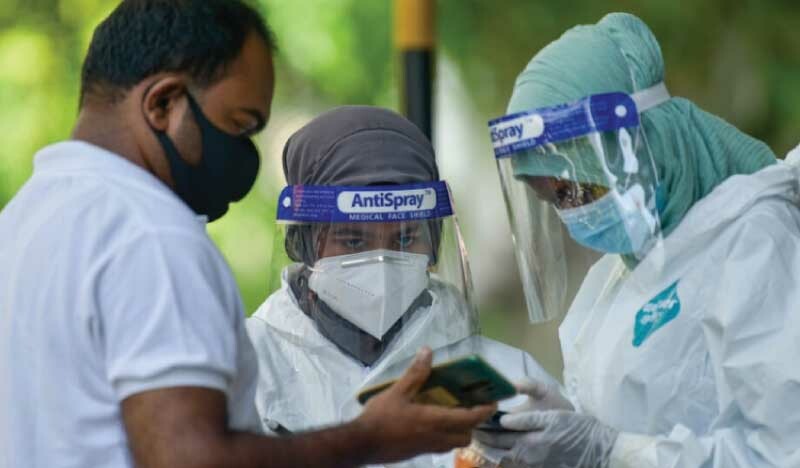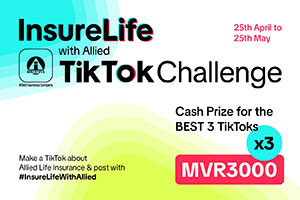First Local Case of Invasive Meningococcal Disease Confirmed in Maldives

The Health Protection Agency (HPA) of the Maldives confirmed the first local case of the highly contagious Invasive Meningococcal Disease (IMD) on Tuesday.
In a statement on social media platform X, the HPA announced that they are in the process of collecting information and conducting contact tracing following the confirmation of the case. The agency is also providing information and administering preventative prophylactic medicine to those who have come into contact with the patient.
🔸އިންވޭސިވް މެނިންގޯކޮކަލް ބަލީގެ ކޭސްއެއް ފެނުމާ ގުޅިގެން ކަމާ ބެހޭ މައުލޫމާތު އެއްކޮށް، ކޮންޓެކްޓް ޓްރޭސިންގް ހަދާ، ކޮންޓެކްޓްވީ ފަރާތްތަކަށް މައުލޫމާތު ދީ، ކޮންޓެކްޓުންނަށް ބަލިން ރައްކާތެރިވުމަށްދޭ ޕްރޮފައިލެކްޓިކް ބޭސް ދޭން ވަނީ ފެށިފައެވެ. pic.twitter.com/jt7dtzmKXI— Health Protection Agency (@HPA_MV) June 25, 2024
While no official sources have identified patient zero, local reports suggest that Maldivian football legend and former national team midfielder Mohamed Arif (Baka), who passed away this week while receiving treatment in the ICU of ADK Hospital, had tested positive for the disease.
The HPA urges anyone who did not receive the meningococcal vaccine before travelling to Hajj or who did not allow 14 days between vaccination and travelling to Saudi Arabia to consult a doctor immediately if symptoms are noticed. The vaccine typically requires about two weeks to build up immunity.
Meningococcal disease is caused by the bacterium Neisseria meningitidis. According to the Centers for Disease Control and Prevention (CDC), the two most common types of meningococcal infections are meningitis and bloodstream infections.
Meningococcal meningitis involves the bacteria infecting the lining of the brain and spinal cord, causing swelling. Meningococcal bloodstream infection occurs when the bacteria enter the blood, damaging the walls of blood vessels and causing bleeding in the skin and organs. Both conditions are serious and can be fatal within hours.
Symptoms of meningococcal disease can initially resemble a flu-like illness and rapidly worsen. Common symptoms include Fever, Stiff neck, Headache, Nausea and vomiting, Confusion and Red spots or rashes on the body.
Meningococcal bacteria spread through respiratory secretions such as saliva or spit. Individuals who have been in close or prolonged contact with an infected person are considered close contacts.
People who have travelled with the patient for an extended period in an aeroplane or bus
Those who have come into contact with the patient’s nasal secretions or saliva
People who have shared water bottles or meals with the patient, had brief interactions, or have been in contact with someone who has been in contact with the patient are not considered close contacts.







